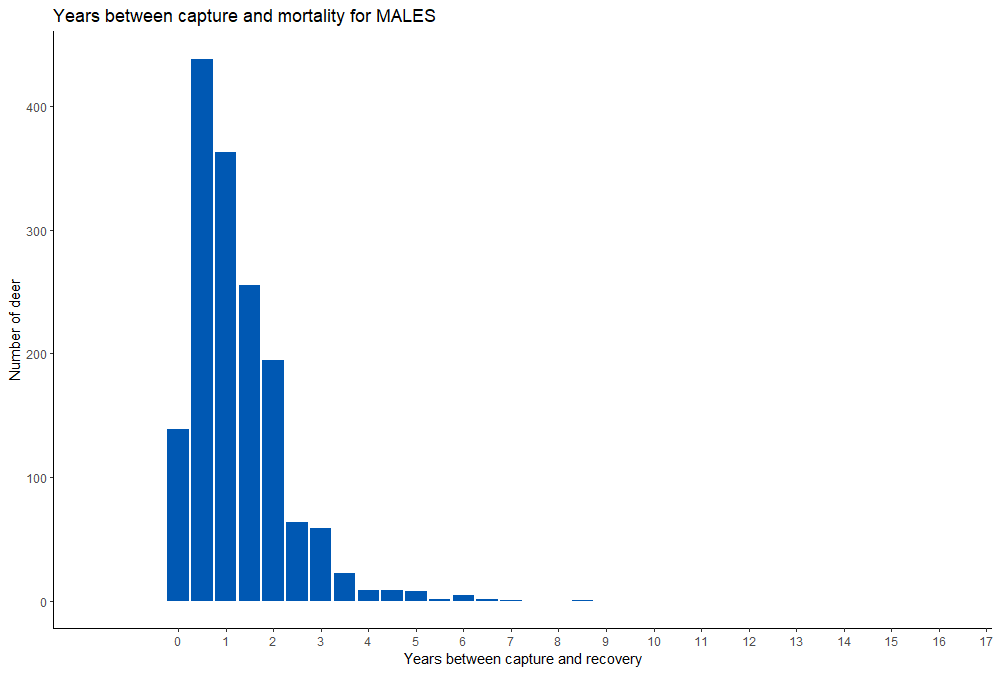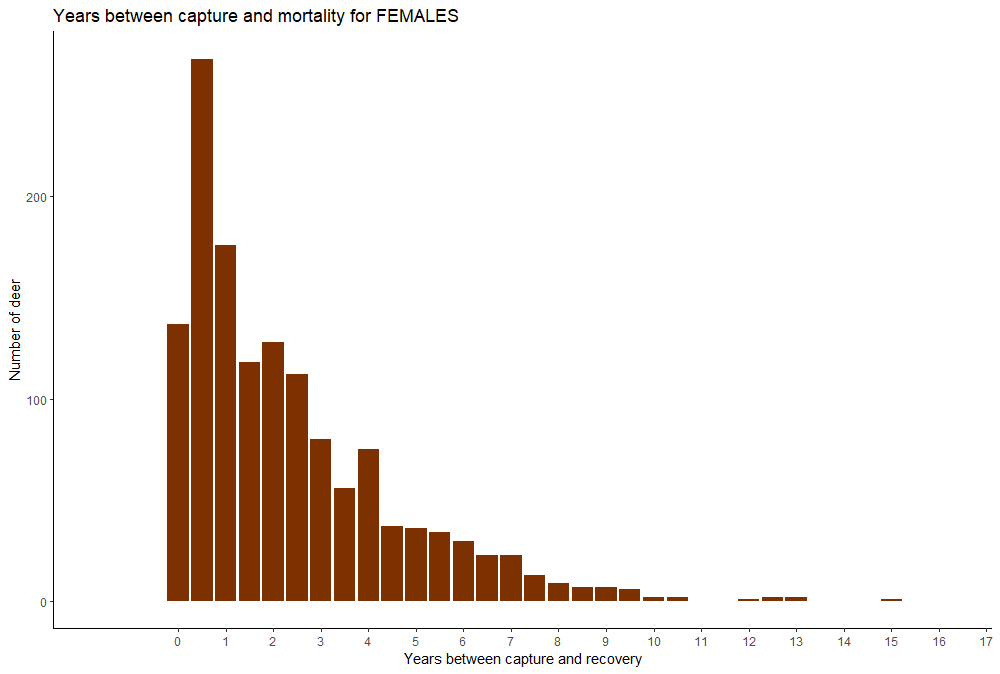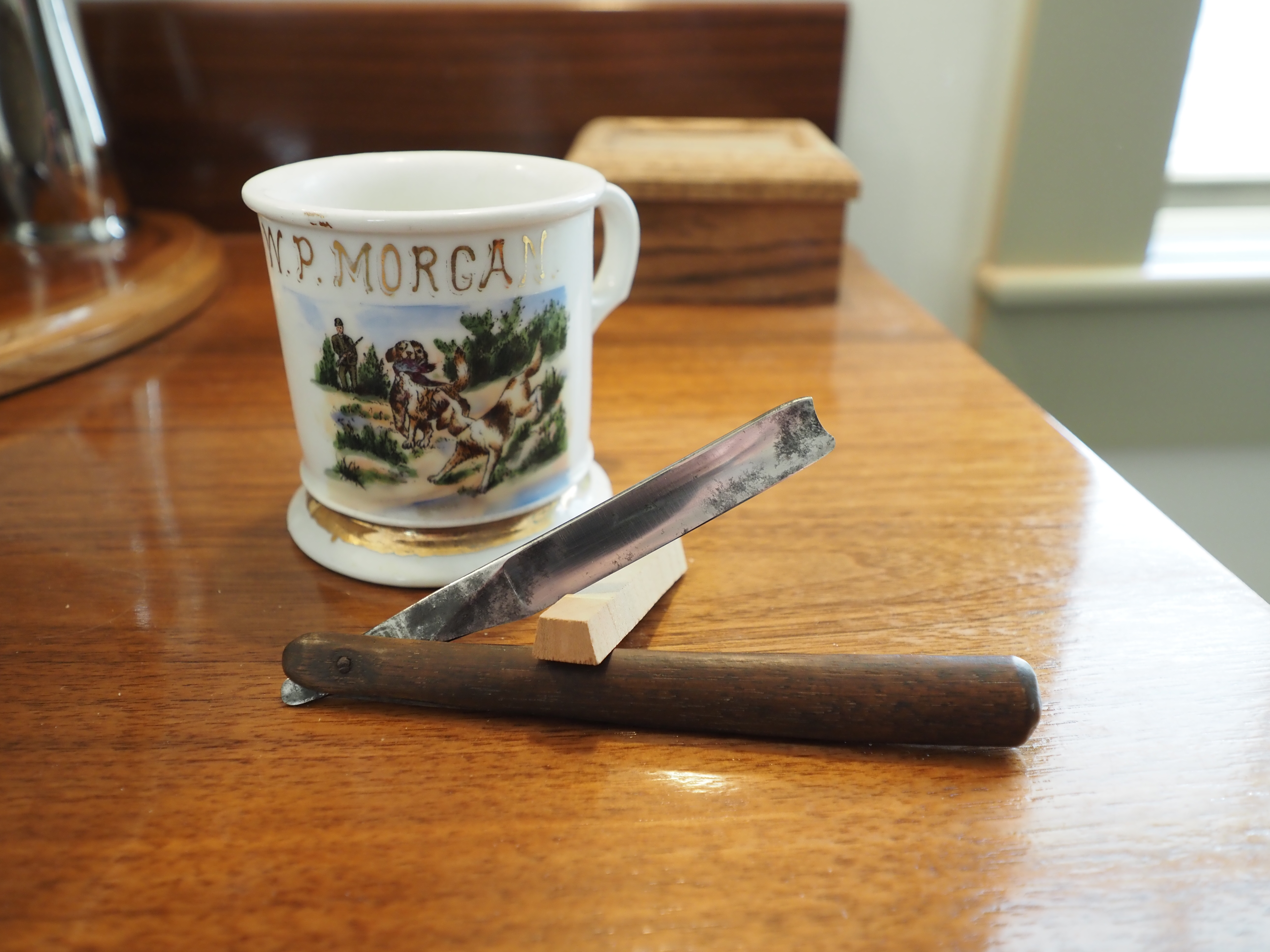My daily shaver is a straight razor made sometime around 1800 by William Greaves in Sheffield, England. Greaves launched his business in 1787 and when both sons went into business with him in 1801, the business was renamed W. Greaves & Sons. William died in 1830 a very rich man leaving each of his daughters £30,000. His sons did very well in the business but barely outlived their father.
So how rare is my razor, and what does it have to do with deer? I really don’t know how rare my razor might be because I have no idea how many razors William Greaves made in 1800, but to buy one today might set you back about $300 (but not mine). What is the probability that a razor made in 1800 is still in use over 200 years later? Probably low. How long did a razor made in 1800 last on average? We’ll probably never know but mine definitely was worth whatever was paid when new.
On the other hand, with our deer we do have the information to assess how rare, say, a 10-year-old buck might be – if it even exists.
Over the past 20 years we have collected 2,958 records of adult deer that we captured and the date when they were either harvested or found dead.
As we’ve explained before, the primary cause of death in adult white-tailed deer in Pennsylvania is hunting. Thus, most mortalities occur within 10-12 months of being captured – we capture deer mid-January through early-April.
It turns out the oldest male deer survived almost 9 years!

The oldest female in our records lived for almost 15 years!

While everybody is interested in the extremes, the average is the norm.
If you have an estimate of the annual survival rate (S) you can estimate the mean lifespan as

where ln(S) is the natural log of annual survival. Math that very few people find exciting.
The average annual survival rate for females in Pennsylvania is about 0.7–0.8, which translates to a mean lifespan of about 2.8–4.5 years.
The average annual survival rate for males in Pennsylvania is 0.4–0.6, which translates to a mean lifespan of 1.1–2.0 years.
Essentially, if a male makes it to his first birthday, on average he will live another 1–2 years! A female, if she makes it to 1 year of age, has a good chance of living another 3–4 years.
That explains why the oldest male we have observed lived almost 9 years after capture, but our record female lived nearly 15 years.
By the way, what gave me the idea for this blog? We recently had a hen turkey mortality reported 11 years after she was banded. If a turkey makes it to 1 year of age, most live another year maybe two. But definitely not another 10. She was certainly a tough old bird.
-Duane Diefenbach
